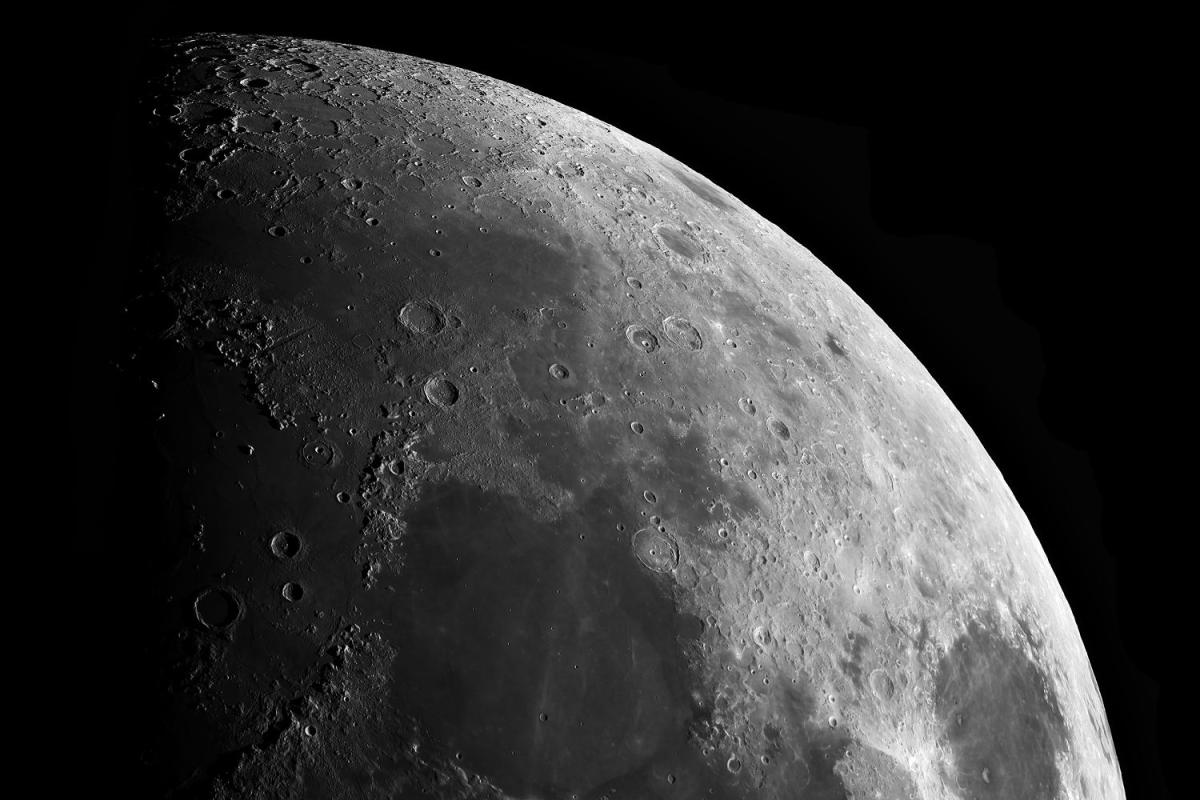Volcanoes were still erupting on the moon during Earth’s dinosaur age, new research suggests, much more recently than previously believed.
Three tiny glass beads that were collected from the surface of the moon in 2020 by a Chinese probe indicate that there was lunar volcanic activity as recently as 120 million years ago, according to a study published Thursday in the journal Science.
Earlier analysis of samples brought back by the Chang’e-5 lunar mission had concluded that volcanic activity stopped about 2 billion years ago, updating previous assessments that there had been no active lunar volcanoes for about 4 billion years.
The researchers examined about 3,000 lunar glass beads, which can come from volcanic eruptions or the impact of meteorites. Of those, three were determined to be of volcanic origin based on their textures and chemical makeup.
The research team behind the study was “surprised and excited” by the “unexpected” discovery.
The existence of such recent lunar volcanic activity “implies that small celestial bodies, such as the Moon, could maintain sufficient heat to sustain internal vitality until the very late stage,” Professor Li Qiu-Li and Associate Professor He Yuyang of the Institute of Geology and Geophysics at the Chinese Academy of Sciences, two of the co-authors, said in an email.
However, it’s still “unclear” how the moon could have remained volcanically active for so long, the paper said.
Qian Yuqi, a planetary volcanism researcher at the University of Hong Kong, said the discovery of such relatively young volcanoes had “significant” implications for the evolution of the moon.
“Where are their sources?” Qian, who was not involved in the research, said in an email. “It may drive new missions in the future to look for them.”
The Chang’e 5 lunar mission was the first to return samples from the moon since the U.S. Apollo program and the Soviet Union’s Luna 24 mission in the 1970s. In June, China became the first country to retrieve rocks from the far side of the moon with its Chang’e-6 mission.
This article was originally published on NBCNews.com

Dr. Sarah Adams is a scientist and science communicator who makes complex topics accessible to all. Her articles explore breakthroughs in various scientific disciplines, from space exploration to cutting-edge research.







